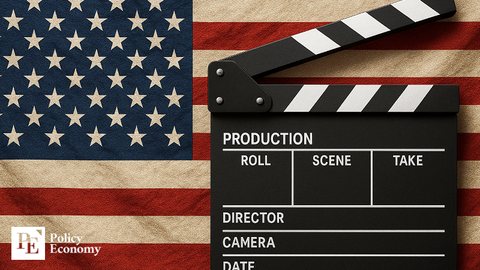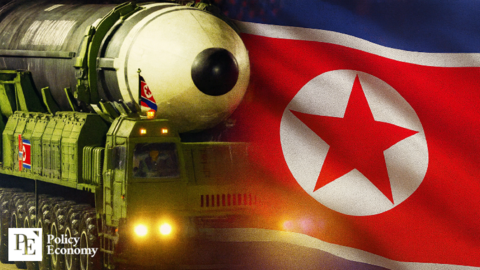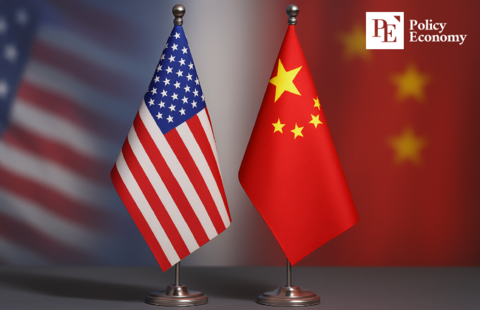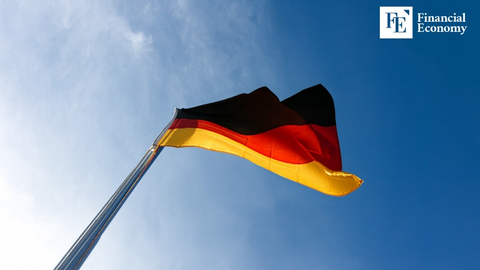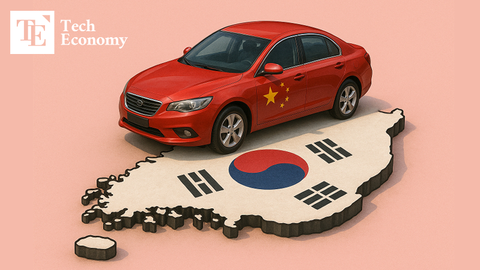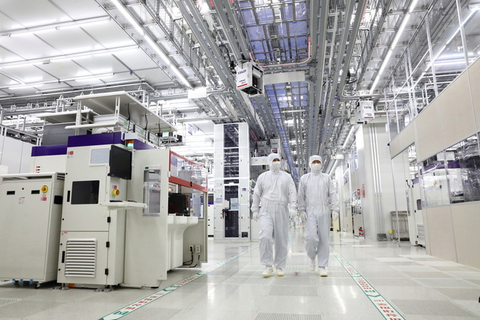Korean Firms Moved from China to Vietnam—Now Face Tariff Shock Again, Forcing Strategy Overhaul
Input
Modified
Half of Samsung Galaxy Devices Are Manufactured in Vietnam Apparel Companies Like Hansae Feeling Growing Pressure Caught Between U.S. and China, Business Uncertainty in Vietnam Escalates
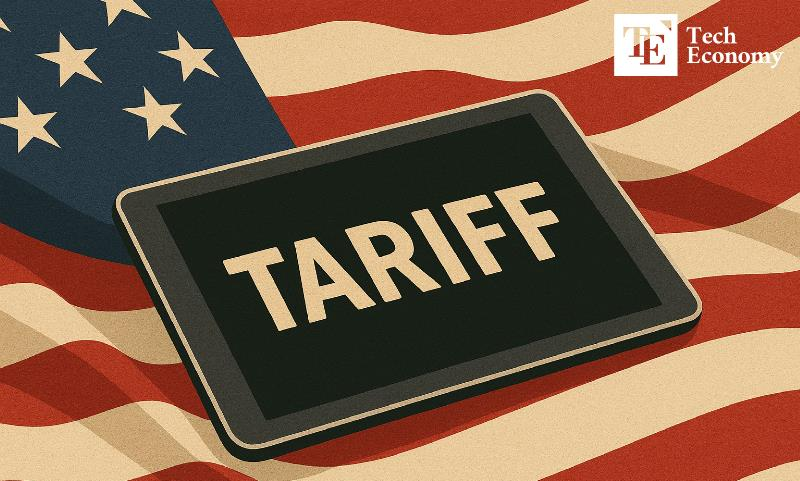
Vietnam—once seen as the next-generation production hub for South Korea’s smartphone, electronics, and apparel companies seeking lower labor costs—has been hit with tariffs as high as 46%, sending shockwaves through the domestic industry. While some companies are responding by increasing production in the U.S. or adjusting output by region, the significant prior investment in Vietnam means that any shift in strategy will take considerable time and resources to implement.
Vietnam-Based Korean Giants Scramble as U.S. Slaps Harsh Tariffs
Samsung, LG, and other Korean manufacturers face mounting pressure as the United States imposes punitive tariffs of up to 46% on Vietnamese-made products. Once seen as a low-cost production haven, Vietnam—home to more than 2,600 Korean companies—is now at the center of a trade storm that threatens the global manufacturing strategies of South Korea’s largest exporters.
Samsung Electronics, which entered Vietnam in 1989, has poured billions of dollars into building a manufacturing hub outside China. Today, the company produces nearly 60% of its annual 220 million smartphone units in Vietnam—many of which are destined for the United States, its second-largest market.
But the Trump administration’s new tariffs on Vietnamese goods—up to 46%—have cast a shadow over Samsung’s reliance on the country. While a temporary freeze sets the rate at 10% until July, market analysts warn that if the full tariffs are enacted, Samsung’s profitability could be severely affected. While semiconductor components have largely escaped tariffs, finished goods like smartphones and refrigerators haven’t.
“Assuming all Samsung smartphones shipped to the U.S. are produced in Vietnam, the MX division’s operating profit margin would fall from 9% to 3%,” said Chae Min-sook, an analyst at Korea Investment & Securities. She added, “If Apple is again exempt from tariffs as it was in Trump’s first term, Samsung could struggle to raise prices and lose market share.”
Garment Industry Feels the Squeeze
Korean apparel OEMs like Hansae and Youngone Corp., which relocated production from China to Vietnam during the U.S.-China trade war, are also in crisis mode. Vietnam accounts for 85% and 60% of their U.S.-bound exports, respectively. However, shifting production isn’t straightforward. “Cambodia and Bangladesh face similarly high reciprocal tariffs—49% and 37%, respectively—so there are no real alternatives,” a garment OEM official said.
The industry’s fears are compounded by falling U.S. consumer confidence. “Tariffs could increase prices and reduce demand, causing a second-order blow to producers,” said Daishin Securities analyst Yoo Jung-hyun.

Firms Operating in Vietnam Eye Onshore Production in the U.S.
Some companies are now considering a full-scale relocation to the U.S. Nancy Gail Daniels, COO of Hyosung TNS America, told reporters on April 17 that “relocating manufacturing to North Texas is one of the options.” The company is reviewing how to expand its ATM assembly line at its facility in Irving, Texas.
Daniels recalled how punitive tariffs had already cost them dearly: “We paid an additional $200,000 in tariffs on $100,000 worth of components due to a 174% tariff. We eventually had to return the goods—it was economically absurd.”
LG Electronics, which operates washing machine and automotive component plants in Hai Phong, Vietnam, is also reassessing its strategy. A company spokesperson said LG is prepared to absorb production at its Tennessee and Mexico facilities, which are currently exempt from the tariffs. Despite posting record Q1 earnings, LG has lowered its Q2 operating profit forecast by 6.5% due to the anticipated impact.
Still, some companies are holding off on relocating, hoping that diplomatic efforts may resolve the crisis. Vietnam is lobbying Washington aggressively. According to The New York Times, Vietnamese Communist Party Secretary General Trong Lam recently sent a letter to President Trump proposing a reduction of U.S. tariffs on Vietnamese goods to zero.
The stakes are high. ING estimates that if the 46% tariffs remain in place, Vietnam’s GDP could shrink by 5.5%.

